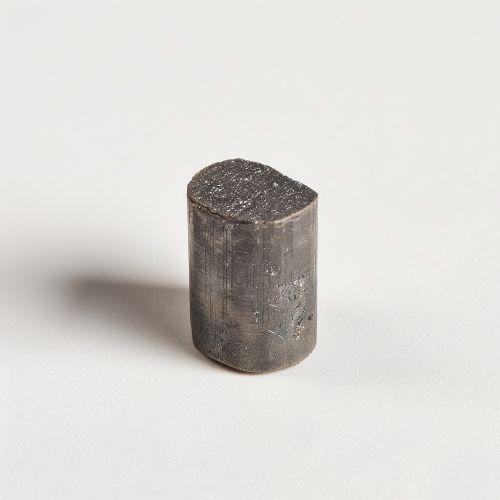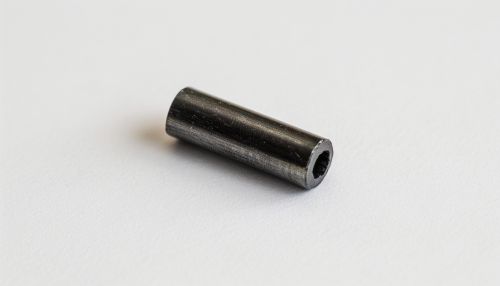Carbon Dating
Introduction
Radiocarbon dating, also known as carbon dating, is a scientific procedure used to date organic matter. It relies on the natural radioactive decay of carbon-14 due to its spread throughout the biosphere. The theory of carbon dating is relatively simple, but it has been of immense value to archaeologists and earth scientists who rely on it to date ancient artifacts and geological events.
History
The concept of radiocarbon dating was first proposed by the American chemist Willard Libby at the University of Chicago in the late 1940s. Libby and his team of scientists were able to publish a paper summarizing the first detection of radiocarbon in an organic sample. It was also Mr. Libby who first used a solid carbon sample for radiocarbon dating. Mr. Libby's innovative, multidisciplinary approach to the study of archaeology and geology has been followed by other scientists around the world.


Principles of Carbon Dating
The principle of carbon dating revolves around carbon-14, a radioactive isotope of carbon. This isotope is created in the atmosphere through the effect of cosmic-ray neutrons upon nitrogen-14. The rate of production of carbon-14 in the atmosphere seems to be fairly constant. Carbon-14 decays back into nitrogen-14 through beta decay. A carbon-14 atom is transformed into a nitrogen-14 atom, with the emission of an electron and an electron antineutrino.
Carbon Dating Process
The process of carbon dating begins with the recovery of a sample from the object being dated. This sample is then treated to remove any potential contaminants. The sample is then crushed and the carbon-14 is extracted. The carbon-14 is then purified and the amount of carbon-14 present is measured. By comparing the amount of carbon-14 present in the sample to the amount of carbon-14 in the atmosphere, the age of the sample can be determined.
Limitations of Carbon Dating
While carbon dating is extremely useful in archaeological research, it does have its limitations. Carbon dating cannot be used on most fossils, since they do not contain any remaining carbon-14. The method is also not accurate for samples older than about 50,000 years, because such objects have so little carbon-14 left that their beta radiation is swamped out by the background radiation of cosmic rays and potassium-40 decay. Younger objects can easily be dated, because they still emit plenty of beta radiation, enough to be measured after the background radiation has been subtracted out.
Applications of Carbon Dating
Carbon dating has been used extensively in the field of archaeology. It has been used to date the Dead Sea Scrolls, the Pyramids of Egypt, and even the age of the Earth itself. It is also used in the fields of geology and paleontology to date ancient rock formations and fossils.
Conclusion
In conclusion, carbon dating is an essential tool in the archaeologist's toolkit. Despite its limitations, it provides a method for dating artifacts and geological events that is both accurate and reliable. As technology continues to advance, it is likely that the accuracy and range of carbon dating will continue to improve.
